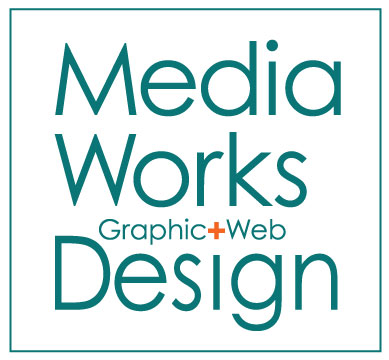I love taking pictures and take shots when I’m out and about just to keep on hand for reference or possible use with my design project. I’m not alone in the love of taking pictures-everyone with a phone seems to be snapping shots everywhere they go. If you like to take photos, and you own your own business, the quality of your photos matters. Many clients have great images they want to use in design work, only to find out they were saved as a small file size and are too low-resolution to be used in printed work. The question on why resolution matters and “why can’t you just blow that up?” is often asked of us. Here’s an answer:
High quality printed materials rely on a minimum resolution (typically 240-300 pixels per inch) to produce beautiful images and designs. Resolution is determined by the number of pixels in each square inch of space. The higher the resolution, the more pixels per square inch= greater coverage of the colors in the image and design.
Here is where the confusion comes in:
The number of pixels per inch for an image can’t be increased without loss of quality or loss of size. What this means is that if you take a great photo on your iPhone and post it to your blog, it looks great. The image is 3″h x 5″ w at 72ppi, perfect for the web, phones, and email. Using Photoshop, we can see that the image size in pixels is 360 w x 216 h.
Now you contact me and want that same image to be used on the cover of your new brochure. The printer needs a resolution of 300 ppi for quality printing. Again, using photoshop I can select Image Size, and UNCHECK the RESAMPLE IMAGE box, and set the resolution to 300 ppi. The new image size is 1.2″ w x 0.72″ h. Not exactly a good cover photo size.
So you may ask “Why not leave the “Resample Image” box checked and increase the resolution to 300 ppi while at the same size?” Anwer: You don’t get any more pixels. You’ve just asked Photoshop to take those same 360 x 216 pixels and fill the space. Photoshop needs to add additional pixels to the image to do this. Those pixels weren’t in the image in the first place, they are just randomly created and never create a good image. This leaves you with an image that is blurry and “pixelated” or full of visible squares where edges should be clean. Think of early video games- the square edges of Mario etc. That is pixelation.
So what’s the take away message here? If you may want to use an image for print, be sure to save it in the largest file size possible. If it’s a camera with adjustable settings for resolution make sure it is set to at least 240 ppi and is taking large images. Even if you typically use the images on the web or email, it’s easy to make an image smaller, but you can’t make them larger. Utilize a cloud storage service to store the images, dropbox, amazon and google all offer services for free- or low-cost.
Keep taking photos and have a great weekend!
Lorelyn
